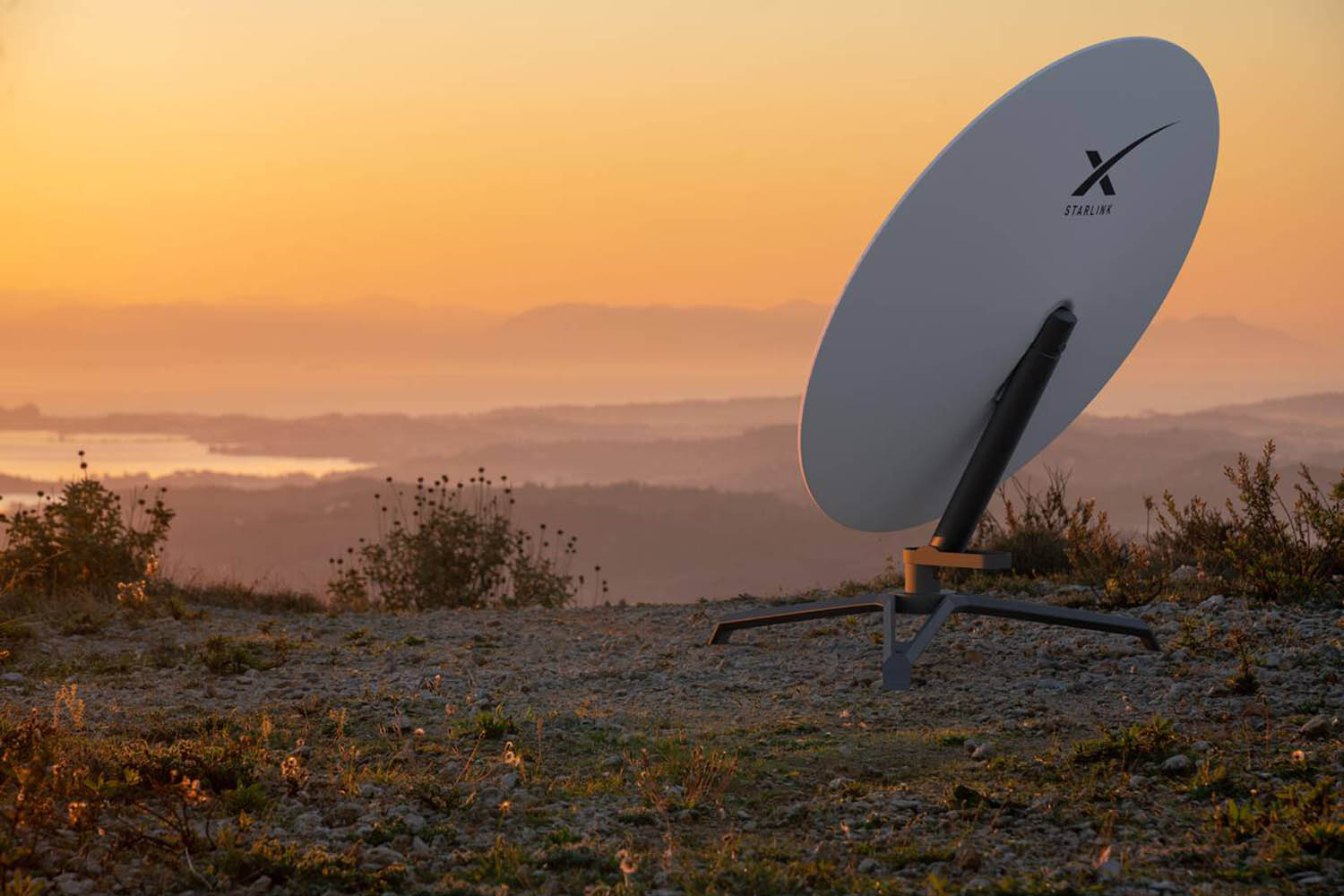Elon Musk’s satellite internet company, Starlink, operates more than two-thirds of the active satellites orbiting the earth and is set to take a share of more than $40bn of US public funding for rural broadband. But doubts are now rising over whether it can reliably deliver the service.
Starlink aims to offer reliable and high-speed internet in locations traditional broadband struggles to reach, or where laying fibre-optic cable is not financially viable. It is in use in international shipping and in remoter reaches of the Amazon as well as being used extensively by Ukraine near the Russian frontline.
It is now set to get significant US government funding – money initially allocated by Joe Biden’s White House – to help rural communities link to broadband services. But analysis published last month by not-for-profit research institute X-Lab suggests the technology is not up to the task.
Its research suggests that at normal usage levels, the satellite service would become overloaded with as few as six or seven subscribers per square mile, and this would push its speeds well below the US legal minimum for broadband.
This has raised broader questions about the viability of the technology. Even rural areas of the US are home on average to more than 20 people per square mile.
“What you end up with is PR and advertising versus physics,” says Sascha Meinrath, director of X-Labs and Palmer Chair of Telecommunications at Penn State University. “And I come down very squarely on the side of physics. Even under ideal circumstances, at seven households per square mile … it starts not being able to provide broadband.”
Meinrath said the capacity limits of Starlink were much lower than alternatives such as 5G or cabled internet, making it inappropriate for all but relatively niche uses. “This is not unique to Starlink,” he added. “However, Starlink’s capacity limits are measurable in the few hundreds of users [over a given area], not a few thousand. So it breaks much faster.”
Concerns about Starlink’s reliability are mounting in other areas. Last week, an outage lasting several hours affected its service globally – a disaster for isolated areas where is often the only means of communication. The company later blamed a network update.
Musk’s personal intervention is also a source of concern. Starlink is currently used by frontline troops in Ukraine, but he has limited the service on several occasions. This included deactivating the service during a key Ukrainian offensive aimed at retaking land.
“It is hard to underestimate the importance of Starlink: it is the connection between units and men. It would be a big deal if it lost access tomorrow because of Musk’s temperamental ways,” said Dr Jade McGlynn, senior research fellow at the University of Oxford’s Centre for Statecraft and National Security.
“It would be very, very bad but not a total catastrophe in most cases. There are Swedish and British versions ready to go if Starlink should be cut off. But they are not as good because they may be more expensive, less mobile, or require technical expertise to set up in the field.”
SpaceX, parent company of Starlink, did not respond to a request for comment about the research.
